In this comprehensive guide, we’ll explore the ins and outs of late potato planting, helping you understand the factors involved, the various methods of planting, and ultimately whether June is an ideal month to grow this staple food.
Understanding Potato Planting Times
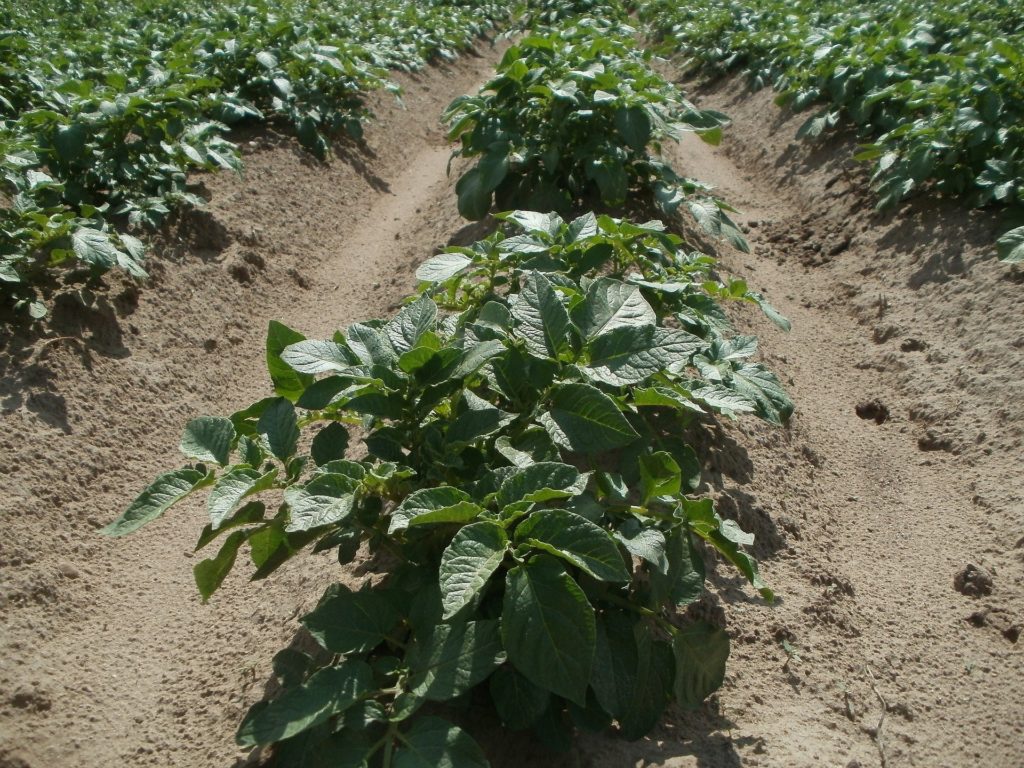
Potato planting times can vary based on your climate and the specific variety of potato you wish to grow. Generally, the recommended planting window for most potato varieties falls between late March and early May in many temperate regions. This is due to the cool weather that potatoes thrive in. They prefer temperatures between 60°F and 70°F (15°C and 21°C), and planting too late in the season can expose them to the heat of summer, which may negatively impact growth.
However, there are exceptions to these general guidelines. Some gardeners have successfully experimented with late planting, illuminating the possibility of producing potatoes even when the growing seasons overlap in unexpected ways.
The Climate Factor
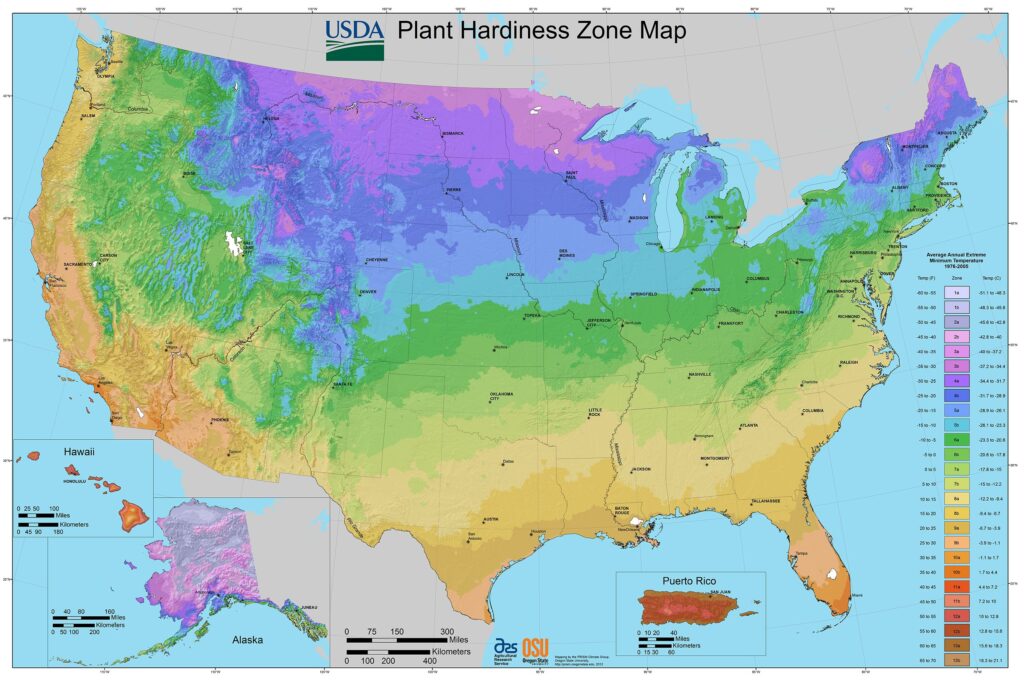
To determine whether you can plant potatoes in June, you need to consider your specific climate. In cooler regions, planting during this month might be too late, as the growing season may not provide sufficient time for potatoes to mature before frost. However, if you’re situated in a warm climate, the answer may differ.
June planting is typically viable in regions with mild summers. If you live in an area with a long growing season, the potatoes you plant in June may yield decent results. Always be aware of your region’s first frost date, as potatoes usually need around 70 to 120 days to mature, depending on their variety.
Choosing the Right Varieties
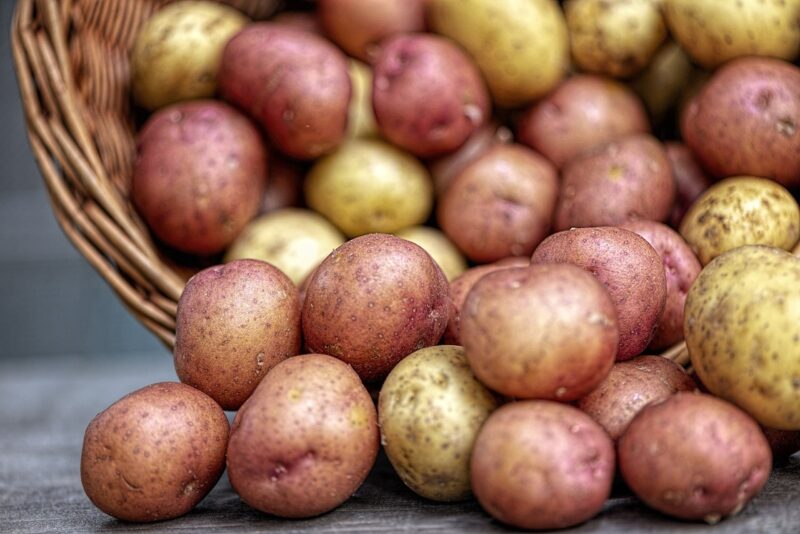
When considering late planting in June, the selection of the potato variety is crucial. Some potato types mature faster than others, which will be beneficial for your late season planting.
Early Varieties: Early potato varieties, such as ‘Red Pontiac’ and ‘Yukon Gold,’ usually mature in 70-90 days. These can work well for a June planting because they have a shorter growing season and a higher chance of producing a harvest before the onset of frost.
Mid-Season Varieties: Varieties like ‘Kennebec’ or ‘Russet Burbank’ take a bit longer to mature, usually around 90-110 days. While it’s possible to plant these in June, you might be cutting it close depending on your climate.
Late Varieties: Generally, avoiding late varieties when planting in June is advisable. They often require 110-120 days to mature, which may not be feasible due to the impending frost in many regions.
If you’re looking to maximize your gardening efforts, opting for the early or early-mid-season varieties would be the most prudent approach for June planting.
Preparing Your Soil

Soil preparation is vital when planting potatoes at any time, including June. Before you dig in, make sure your soil is ready. Potatoes thrive in light, loose, well-draining soil to prevent rot and encourage healthy tuber growth.
Here are some key soil preparation tips:
Test Your Soil: Check the pH level of your soil. Potatoes prefer a slightly acidic soil with a pH between 5.5 and 6.5. If your soil pH is higher than 6.5, consider amending it with sulfur or planting cover crops to lower the pH.
Amendments: Incorporate organic matter into your soil. Compost, peat moss, or well-rotted manure can improve soil fertility and structure. This is especially important when planting later in the season when soil quality can impact growth.
Tilling: Tilling at least 12 inches deep will help aerate the soil and prepare it for planting. This will allow the potato roots to establish themselves more easily.
Raised Beds: If you have heavy clay soil, consider using raised beds. This will improve drainage and soil structure, giving your potatoes a better environment to grow.
Planting Techniques
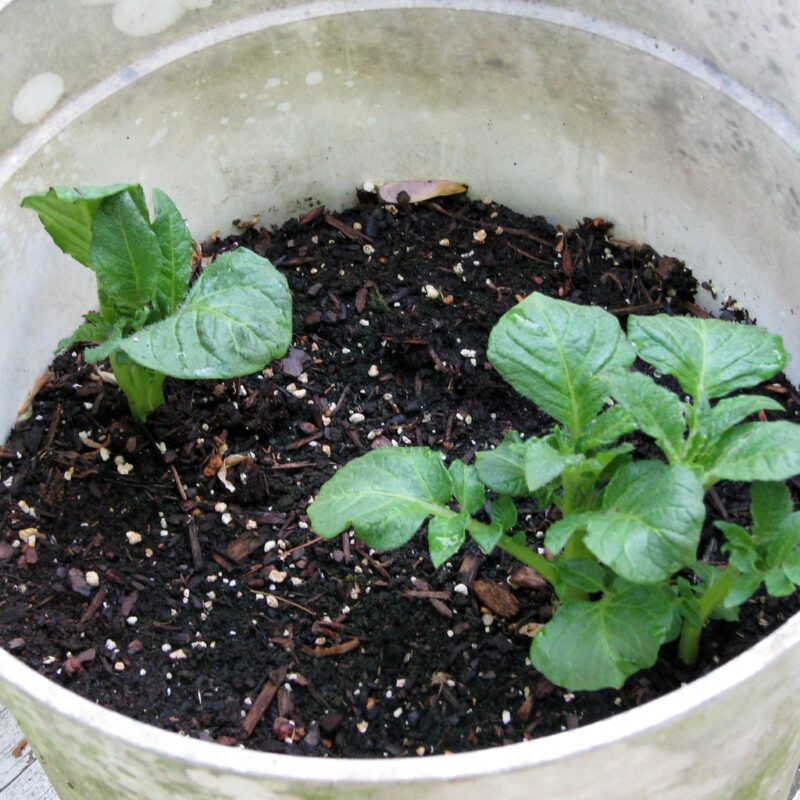
When it comes to planting potatoes, the method you choose can play a significant role in ensuring a successful crop. Here are some effective techniques:
Traditional Planting
This traditional method involves cutting seed potatoes into chunks, ensuring that each piece contains at least one eye. Allow the pieces to cure for a few days to prevent rot before planting.
Cutting Seed Potatoes: Cut the potatoes into chunks about 2 inches in size, making sure each chunk has one or two ‘eyes’.
Spacing: Dig trenches that are 4-6 inches deep and space the seed pieces 12 inches apart in rows 24-30 inches apart.
Covering: Once placed, cover the seed pieces with soil, pat down gently, and water thoroughly.
No-Till Method
If you’re looking for a more sustainable approach, consider the no-till method. This involves planting potatoes directly onto the surface of the soil and covering them with straw or compost.
Preparation: Lay down a layer of straw or mulch where you want to plant.
Placement: Scatter the seed potatoes on top of the straw, spacing them out just as you would in traditional planting.
Covering: Add more straw or compost over the potatoes without digging into the soil, allowing them to grow through it.
The no-till approach can improve soil health and reduce weed competition, making it an excellent option for those planting in June.
Watering and Care Tips
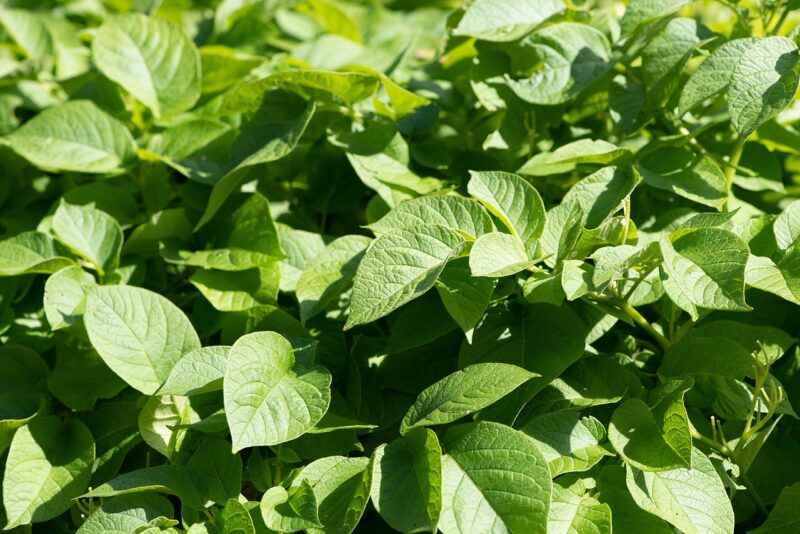
Late-planted potatoes, such as those planted in June, will require consistent care, particularly when it comes to watering and monitoring for pests and diseases.
Watering
Potatoes need about 1-2 inches of water per week, especially during tuber formation. In June, the weather can get warmer, so you may need to water more frequently.
Consistency: Water deeply but infrequently to encourage strong root growth.
Mulching: Consider mulching around the potato plants to retain soil moisture and suppress weeds.
Signs of Drought: Watch for yellowing leaves or wilting, which can indicate that your plants are not receiving enough water.
Pest Management
Planting later in the season might expose your plants to different pests than those planted earlier. Common potato pests include the Colorado potato beetle and aphids.
Inspection: Regularly check the undersides of leaves for any signs of pests.
Organic Methods: If you spot pests, consider using organic solutions such as neem oil or insecticidal soap to combat them.
Companion Planting: Some gardeners find success planting marigolds or garlic alongside potatoes to ward off pests naturally.
Disease Prevention
Fungal diseases, such as blight, can become more prevalent later in the season. Planting in June might result in a higher risk during the warmer, wetter months.
Rotation: Avoid planting potatoes in the same location as previous years’ crops to prevent disease buildup in the soil.
Caring for Foliage: Ensure proper airflow between plants by spacing them out adequately, which can help to reduce the risk of diseases.
The Harvest Process

One of the most exciting moments for any gardener is the harvest. Knowing when and how to harvest your potatoes is essential for ensuring maximum yield, especially with late-planted potatoes.
Timing: Early varieties can be ready for harvest as soon as 70 days after planting. They can be harvested young for “new potatoes” or left longer for mature tubers. Monitor the plants for signs such as yellowing and dying foliage, which usually indicates readiness.
Technique: Gently lift the plants with a garden fork, starting on the outer edges of the row. Be careful not to puncture the tubers. It’s best to harvest on a dry day, reducing the chance of disease from excess moisture.
Curing: After harvesting, allow your potatoes to cure in a dark, cool place for several days. This process helps to toughen their skins, making them more resilient for storage.
Conclusion: Is June Too Late for Potatoes?
Ultimately, the question of whether you can plant potatoes in June is multifaceted. In warmer climates, you may find that it’s entirely feasible and potentially rewarding. By selecting the right varieties, preparing your soil well, utilizing effective planting methods, and being vigilant about watering and pest management, you can achieve a successful crop even when planting later in the season.
For those in cooler regions, however, June may pose risks of frost and insufficient growing days, making it less ideal for traditional potato planting. If you are in a position to experiment, there is always potential for innovation in gardening. Consider using quick-maturing varieties and apply best practices as you embark on your June potato adventure.





